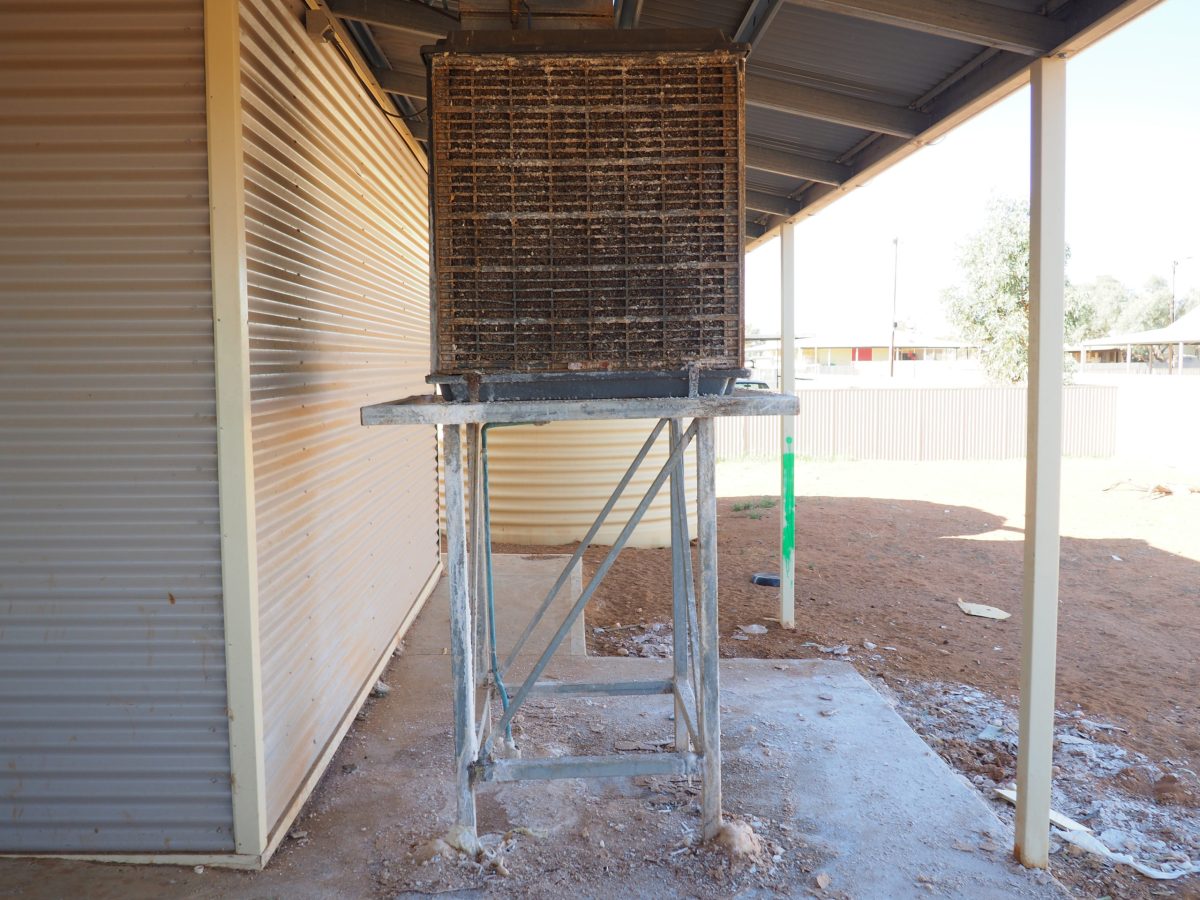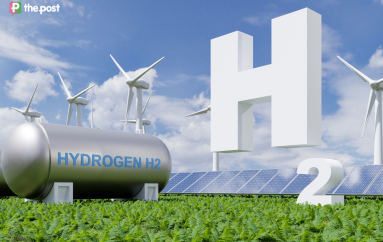Oodnadatta finally gets safe drinking water
After decades of being charged for undrinkable water, Oodnadatta residents can now safely drink from their taps after a desalination plant began operating in the remote SA town.

The new desalination plant was opened by SA Water this week.
InDaily first reported in 2019 that households in Oodnadatta – a town of about 200 people in far-north South Australia – were being charged standard prices for water which since the 1990s has been identified not only undrinkable but also a potential source of the parasite, naegleria fowleri.
Reports obtained through freedom of information requests by InDaily in 2019 also showed that the water consistently exceeded national drinking water guidelines for recommended chloride, sodium, sulphate and total dissolved solid levels.
After the series of InDaily stories, SA Water has switched on the small-scale reverse osmosis plant on Kurka Drive in the centre of two that can produce up to 210,000 litres of potable water a day
The project has taken more than two years of planning and assessments by SA Water.

Airconditioning units in Oodnadatta are mostly corroded due to the poor water quality over the past decade. Photo: Stephanie Richards/InDaily
SA Water’s General Manager Sustainable Infrastructure Amanda Lewry said the new supply of drinking water was a significant milestone.
“Sourcing water from the Great Artesian Basin, the plant uses reverse osmosis to treat and remove salt and other impurities commonly found in the state’s groundwater supplies, before the end product is piped to local customers for use in their kitchens, bathrooms, laundries and gardens,” she said.
“Travellers visiting the outback town will also be able to top-up their reusable drinking bottles thanks to the town’s new smart drinking water fountain, designed with a solar-powered chilling system to keep the water cool throughout the hot summer months.”
Lewry said the shipping container-sized plant was in Adelaide, before making the 1000-plus kilometre journey to Oodnadatta via truck for final installation.
The saline by-product produced by the desalination plant is piped to a 200-metre-long evaporation basin.
Before being turned on this week, the community relied on private rainwater tanks, water carting, bottled products, and localised desalination units for their drinking water.
The water has historically been so poor, that many residents complained to InDaily about itchy and scarred skin which they said was caused by bathing in water previously supplied by SA Water.
Lewry said progress is also being made on the delivery of desalination facilities in the remote townships of Marla and Marree, to be “delivered over the course of the 2020-24 regulatory period”.




